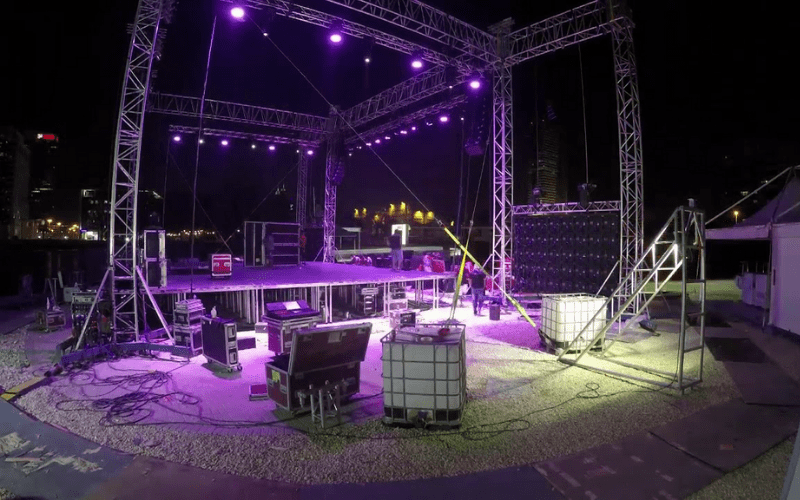
Maintains internal references until close()įrom matplotlib.ticker import NullFormatter # useful for `logit` scale # Fixing random state for reproducibility np. The figure appears on the screen, is not enough, because pyplot Released until the figure is explicitly closed withįigure, and/or using the window manager to kill the window in which More thing: the memory required for a figure is not completely If you are making lots of figures, you need to be aware of one Stateful wrapper around an object oriented API, which you can use It annoying that states (specifically the current image, figure and axes)Īre being maintained for you behind the scenes, don't despair: this is just a thin You can clear the current figure with clf()Īnd the current axes with cla(). title ( 'Easy as 1, 2, 3' ) # subplot 211 title subplot ( 211 ) # make subplot(211) in figure1 current plt. figure ( 1 ) # figure 1 current subplot(212) still current plt. plot () # creates a subplot(111) by default plt. subplot ( 212 ) # the second subplot in the first figure plt. subplot ( 211 ) # the first subplot in the first figure plt. Of course, each figure can contain as many axes and subplots You can create multiple figures by using multiple Placing axes manually and Basic Subplot Demo for an

Which allows you to specify the location as axes() where all values are in fractional (0 to 1)Ĭoordinates.

Rectangular grid, use the axes() command, If you want to place an axes manually, i.e., not on a You can create an arbitrary number of subplotsĪnd axes. Subplot() command specifies numrows, numcols, plot_number where plot_number ranges from 1 to Will be created by default if you don't manually specify any axes. The figure() command here is optional becauseįigure(1) will be created by default, just as a subplot(111) To get a list of settable line properties, call theĭef f ( t ): return np. PropertyĪ Path instance and a Transform instance, a PatchĪ instance Here are the available Line2D properties. setp ( lines, color = 'r', linewidth = 2.0 ) # or MATLAB style string value pairs plt. plot ( x1, y1, x2, y2 ) # use keyword args plt.


 0 kommentar(er)
0 kommentar(er)
